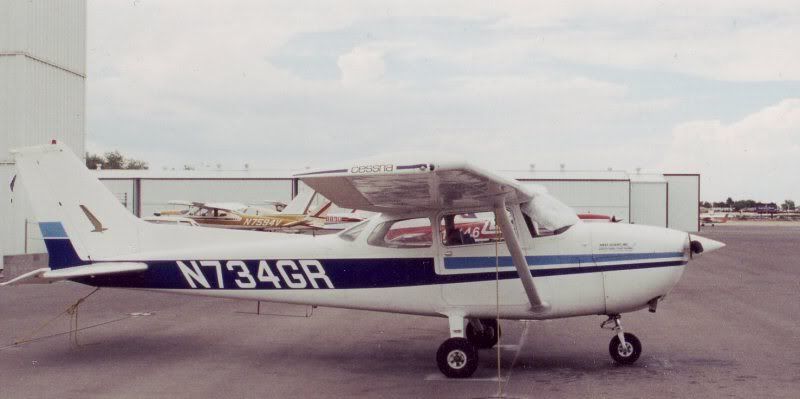Some terms for today:
- AIRMET (from wikipedia) - Airmen's Meteorological Information, is a weather advisory issued by a meteorological watch office for aircraft that is potentially hazardous to low-level aircraft /aircraft with limited capability. Compared to SIGMETs, AIRMETs cover less severe weather: moderate turbulence and icing, surface winds of 30 knots, or widespread restricted visibility.
AIRMETs are broadcast on the ATIS at ATC facilities, and are referred to as Weather Advisories. AIRMETs are valid for six hours.
There are three types of AIRMET, all identified by a phonetic letter: S (Sierra), T (Tango), and Z (Zulu).
AIRMET SIERRA (Mountain Obscuration or IFR) ceilings less than 1000 feet and/or visibility less than 3 miles affecting over 50% of the area at one time. Extensive mountain obscuration.
AIRMET TANGO (Turbulence) Moderate Turbulence, sustained surface winds of 30 knots or more.
AIRMET ZULU (Icing) Moderate icing, freezing levels - SIGMET (Also from wikipedia) - Significant Meteorological Information, is a weather advisory that contains meteorological information concerning the safety of all aircraft. There are two types of SIGMETs, convective and non-convective. The criteria for a non-convective SIGMET to be issued are severe or greater turbulence over a 3,000-square-mile (7,800 km2) area, or severe or greater icing over a 3,000-square-mile (7,800 km2) area or IMC conditions over a 3,000-square-mile (7,800 km2) area due to dust, sand, or volcanic ash.
This information is usually broadcast on the ATIS at ATC facilities. A SIGMET is a forecast valid for up to four hours. They are assigned an alphabetic designator from N (November) through Y (Yankee), excluding S and T.
A Convective SIGMET is issued for convection over the Continental U.S. Convective SIGMETs are issued for an area of thunderstorms affecting an area of 3,000 square miles (7,800 km2) or greater, a line of thunderstorms at least 60 nm long, and/or severe or embedded thunderstorms affecting any area that are expected to last 30 minutes or longer. - PIREP - A Pilot Report is typically a report of actual weather conditions to a ground station from a craft in flight. Loosely, the term PIREP is given to many types of pilot reports from traffic conditions to how good the food is at everybody's favorite little airport grill.




No comments:
Post a Comment